William Warren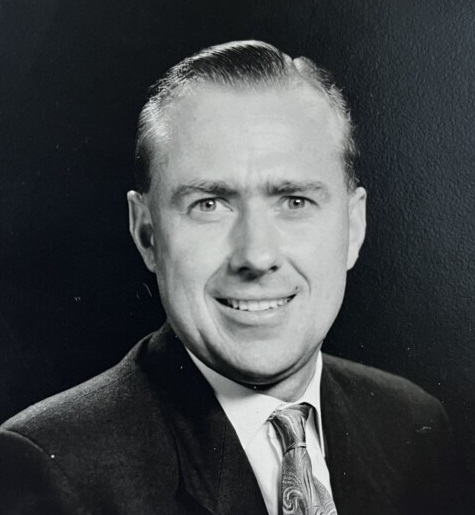 |
| Long-time NZSA member William (Bill) Warren passed away in May 2023 aged 91. He began his professional career as Biometrician at New Zealand Forest Research Institute (1954-1967) and was the inaugural editor of The New Zealand Statistician. His obituary is here. |
Mike Doherty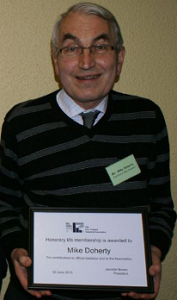 |
| Mike Doherty was treasurer of NZSA from 1982-1983 and then again from 2000-2002. He was awarded life membership of NZSA in 2010. Mike passed away in May 2024 after a short illness. |
Murray Jorgensen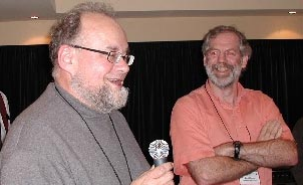 |
| Murray was NZSA President in 2004-2005. The photo above shows Murray accepting the NZSA 2001 Campbell Award, from David Scott (President NZSA), for service to the NZSA, particularly editorial service. Murray was editor of the Newsletter (1993-1996), the NZ Statistician (1996-1998) and then Applications Editor of the merged Australian & NZ Journal of Statistics (1998-2001). Murray was awarded life membership of NZSA in 2013. Murray died peacefully in February 2024 after his short battle with cancer. |
Tim Holt |
| Tim Holt passed away suddenly on 15 November 2022 https://www.southampton.ac.uk/s3ri/news/2022/11/25-tim-holt-passes-away-suddenly A 2007 article and photo: https://rss.onlinelibrary.wiley.com/doi/pdf/10.1111/j.1740-9713.2007.00231.x Tim was a collaborator and personal friend of Alistair Scott for several decades, and well known to those involved in methodology in official statistics. Personal reflections on Tim Holt. Professor of Statistics and UK Chief Statistician - Len Cook It was 1981 that I met Tim, while Professor of Statistics at Southampton, when he visited Statistics New Zealand for about three weeks while he was on a longer visit to Alistair Scott at the University of Auckland. It was an inspirational visit for us, for several reasons. The first ever paper that I gave to a statistics conference was on the application of the Fellegi-Holt method of imputation to the New Zealand population census, making this visit a personal bonus. Tim was extraordinarily wise about official statistics and how methodological practices were being challenged in many areas, in survey design, quality assurance data analysis in particular. Being in a relatively new methodology group, about ten years old, it was exciting for us kiwis to learn of the place of methodology in Statistics Canada from Tim, and comparisons with the very devolved UK system. We were not strong enough to reciprocate with our statistical expertise, but we certainly always had someone joining Tim on his regular daily run around Wellington. I remember even when later in other countries, if at a conference it was not unusual for Tim to take off in his running gear. In my visits to the UK and Europe during the next two decades, I invariably visited Tim and Jill in Southampton, often also enjoying the company of Tim’s near neighbours Fred and Ruth Smith. Most other contact was at international statistical conferences after Tim became Director of the Office for National Statistics, where Tim’s insightfulness not only on methodological matters but on constitutional dimensions of official statistics often added interest and insights on such critical matters. I was fortunate to have Tim push me into applying for the job he was retiring from, and was lucky not only to be appointed, but to have the benefit of Tim’s generosity in supporting me when that was inevitably necessary. Shirley and I enjoyed a good number of visits down to the New Forest, and the inevitable welcome from Jill and Tim. I doubt that I was the only one whom Jill kindly tolerated for shifting the conversation from social or national issues to some methodological or statistical matters, when seeking advice or solace about from Tim. When Shirley and I returned to New Zealand, I continued to visit Tim and Jill when in the UK, the last time was in 2018. Tim was then engaged in the justice sector. Dennis Trewin and I had occasional zoom calls with Tim after Jill died. This very special man, with the support of his caring family, played a leading role in official statistics for half a century, in the United Kingdom, Canada, the Antipodes and Europe. His contributions will benefit future generations of statisticians. It has been a tremendous privilege to have belonged to those generations who got to know Tim not only from his written work, but through the kindness of him and his family, and through his acquaintance, and getting to know those who held him in the greatest regard professionally and as a colleague. His partnership over several decades with Fred Smith, Alistair Scott, John Rao and Gad Nathan led to some of the most significant developments in survey methodology since 1945. We can only grieve with Tim and Jill’s daughter Sarah and her family, as we learn of Tim’s death last week that has been so soon after the death of Jill and then their son Dickon. Contributed by Len Cook Former NZ Government Statistician and former UK National Statistician November 2022 len_cook@xtra.co.nz |
Tom Robertson |
| Tom Robertson was the former Director Biometrics, Ministry Agriculture and Fisheries. He died in his 87th year. His death notice was published in Dominion Post on Dec. 30, 2019 ROBERTSON, Thomas Gilchrist: Formerly of Paraparaumu. Passed away peacefully on Saturday 28 December 2019, in his 87th year. Much loved husband of the late Elva. Loved dearly by all his family. A farewell for Tom will be held in the Kapiti Crematorium Chapel, 131 Valley Road, Paraparaumu (in the grounds of Awa Tapu Cemetery) tomorrow, Tuesday 31 December 2019 at 1pm. In lieu of flowers, donations to the Mary Potter Hospice would be appreciated. |
Steve Kuzmicich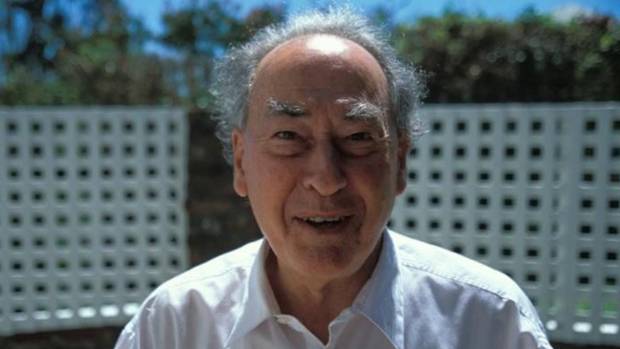 |
| Steve Kuzmicich, who has died aged 86, was the Government Statistician from 1984 to 1991 – a master of a craft that, in a New Zealand context at least, he had played no small role in defining, according to Len Cook, one of his successors. The post was the culmination of a civil service career in which he had been instrumental in bringing the Department of Statistics (as he would have known it ) into its modern form, ensured that New Zealand had many of the empirical institutions that were beginning to develop around the world and ensured that New Zealand received the benefits of the developments in statistical methods and practice. In the mid 1950s, Kuzmicich he joined an organisation of about 300 largely clerical record keepers, and he subsequently played significant roles in several major developments. In 1962, the Department of Statistics became just the second government agency to have a computer installed. Kuzmicich’s most enduring legacy was his role in the 1960s and 1970s leading and championing the introduction of the then radical new idea that well-structured random samples could be used to provide measures of economic and social aggregates of usable quality. In terms of his contributions as a leader in the organisation, he played a large part in the expansion of the Department of Statistics into a modern organisation of 700 staff in the late 1970s, and the efforts to market the services of the agency in the 1980s. Outside the walls of the Department of Statistics, he played a major role in developing or helping progress in a range of quantitative professional bodies. He was a president of the New Zealand Statistics Association, he worked with a range of demographic academics to establish the Population Association of NZ, was a founding member of the Market Research Association of New Zealand, and was influential in the NZ Association of Economists. As the Statistics Commission of the United Nations took shape, Kuzmicich took on numerous international statistical leadership roles. His work in the international sphere continued after his retirement, and his last statistical legacy was to rewrite Irish Statistics Act in the 1990s. He also worked as a casual consultant for the International Monetary Fund and the World Bank, working mainly in the republics of the former Soviet Union. He used to do this sort of thing without a lot of fanfare – very much a “something needs to be done so we’d better get on with it” approach. He was habitually modest in his assessment of his abilities, but was well known for being highly determined and focused in applying them. Stephen Slavo Raphael Kuzmicich was born in Napier, arriving prematurely on the kitchen floor of the family home. His father came to New Zealand from Croatia in the early 1900s, escaping poverty and conscription into the Austrian army. His mother was of mixed Danish, Lebanese and Italian descent. The family moved to Wellington in 1939, eventually settling in the Hutt Valley. Kuzmicich attended St Patrick’s College in Wellington, becoming dux. He wanted to be an electrical engineer, but his family could not afford to send him to Canterbury, then the only university offering that course, so he studied maths and physics at Victoria. He applied for, and got, a job with the Department of Census and Statistics by chance. In 1970 Elsie Green, who had an administrative role in the Department of Statistics, could not get her husband Walter to accompany her to the staff Christmas party, so she dragged along her daughter Kathleen instead. While Kathleen was waiting at the exit for her mother, Kuzmicich asked her if she’d like to dance. They were married on Waitangi Day in 1971, and moved soon after to a house on the hill above Seatoun, which remains the family home. Twin sons Antony and Geoff were born in 1973. He loved rugby, French cars – at one point owning four old Peugeots – and horse racing. The passion for racing started when he was a boy, when he got a job delivering the race results from Trentham. He would pick them up from the official’s booth, and cycle at top speed to the Trentham telegram station – despite not being able to ride a bike when he got the job. Later in life, he owned several racehorses, sometimes in syndicates with friends. His death comes at a time when, across government and industry, leaders are contemplating how to use data to understand opportunities and improve organisational performance. Policymakers are trying to come to grips with the challenges of what is needed to ensure that New Zealand is able to become a “data-savvy nation” with a thriving “data ecosystem”. Kuzmicich did much to shape the eco-system of his day. He is survived by Kathleen, his sister Judita, his two sons, and three grandchildren, Sasha, Leo and Jemiah. * Vince Galvin is chief methodologist at Statistics NZ. Additional sources: Kuzmicich family, A History of Statistics in New Zealand, Statistics NZ. https://www.stuff.co.nz/dominion-post/capital-life/105744181/obituary-steve-kuzmicich-former-goverment-statistician |
John Koolaard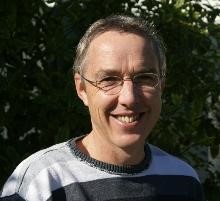 |
| It was with great sadness that we said goodbye to a valued friend, colleague and statistician who died after a battle with cancer. John began his statistics career at Massey University, and was awarded his PhD in 1997 with a thesis entitled “Regularised discriminant analysis”. In 1996 he began working at Crop & Food before moving to AgResearch in 2005, based at Grasslands campus in Palmerston North. In 2007, he become the Team leader for the statistics team based at Grasslands, and continued in this role until taking sick leave at the end of 2016. During his time on sick leave he remained part of the team, attending team meetings and supporting others around him. As colleagues we will remember John as a calm, cheerful, honest and very friendly person. He was a great team leader, involving the Grassland team members in various discussions as often as he could. These included discussions on how best to analyse certain data that came our way and of course discussions on various management issues such as budgeting, conference attendance, project handling, AgResearch leadership and how to handle “challenging clients”. John was an excellent statistician with a wide range of capabilities. Most of all, he was someone who simply got on with work but with care and patience. The scientists that John worked with all have positive words to say about him, describing him as a really nice guy who was enjoyable to work with, acting with humour and empathy. They also describe him as an expert in his professional field and a “patient champion of statistics” who was forever helpful and insightful. John joined the Australasian Region of the Biometrics Society in 2000, and was a strong supporter of the regional and international conferences. John was always open about his Christian beliefs and allowed them to guide his character. It is this faith that gave him and his family strength and resolve in his final days. May he rest in peace in Heaven. |
Alastair Scott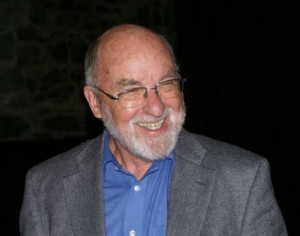 |
| Alastair Scott, one of the finest statisticians New Zealand has produced, died in Auckland, New Zealand on Thursday, May 25. He served the University of Auckland with distinction from 1972 to 2005. His research was characterised by deep insight and he made pioneering contributions across a wide range of statistical fields. Alastair was acknowledged, in particular, as a world leader in survey sampling theory and the development of methods to efficiently obtain and analyse data from medical studies. His methods are applied in a wide range of areas, notably in public health. Beyond research, he contributed prolifically to the statistical profession in academia, government, and society. Alastair was a Fellow of the Royal Society of New Zealand, the American Statistical Association, the Institute of Mathematical Statistics, the Royal Statistical Society, and an honorary life member of the New Zealand Statistical Association. In November last year, Alastair was awarded the Royal Society of New Zealand’s Jones Medal, which recognised his lifetime contribution to the mathematical sciences. Alastair gained his first degrees at the University of Auckland: BSc in Mathematics in 1961 and MSc in Mathematics in 1962. After a period at the New Zealand Department of Scientific and Industrial Research, he pursued a PhD in Statistics at the University of Chicago, graduating in 1965. He then worked at the London School of Economics from 1965-1972. Alastair returned to New Zealand in 1972 to a post in what was then the Department of Mathematics and Statistics at the University of Auckland; he and wife Margaret had decided that they wanted to raise their children, Andrew and Julie, in New Zealand. Throughout his career, Alastair was regularly offered posts at prestigious universities overseas, but turned them down. However, he held visiting positions at Bell Labs, the universities of North Carolina, Wisconsin, and California Berkeley in the US, and at the University of Southampton in the UK. In 1994, the University’s statistics staff, led by Professor George Seber, had a very amicable divorce from the Department of Mathematics and Statistics, and Alastair became the head of the new Department of Statistics. He helped set the tone for the department that still exists – hard-working, but welcoming, and social. The Department of Statistics is now the largest such school in Australasia. In 2005, Alastair officially retired. A conference in Auckland that year in his honour attracted the largest concentration of first-rank international statisticians in New Zealand in one place at one time. Alastair kept an office in the department and continued writing and advising, coming into work almost every day. Alastair Scott was an influential teacher and generous mentor to several generations of statisticians who valued his sage advice coupled with his trademark affability. Alastair had a full life professionally and personally. He was a wonderful teacher, mentor, colleague, and friend. We will all miss him greatly and we extend our sincere condolences to Margaret, Andrew and Julie, and his family, friends, and colleagues all over the world. Ilze Ziedins, Chris Wild, and Chris Triggs, Department of Statistics, University of Auckland |
Elizabeth Viggers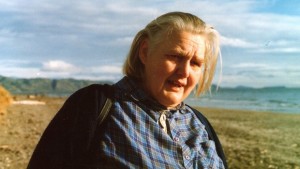 |
Elizabeth ViggersA Life Story - Elizabeth Viggers, fundraiser extraordinaire, dies, 87Liz Viggers was a long-standing member of the NZ Statistical Association from 1962-2010. An article on Liz appeared in the Dominion Post on 10 Sept, 2016. |
Nihal de Silva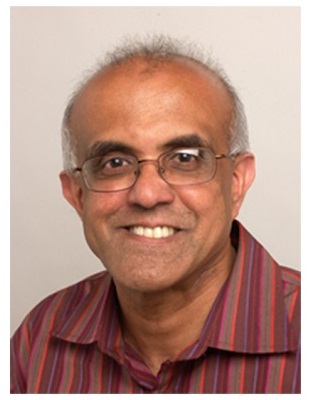 |
| On the evening of Saturday the 27th of June Nihal de Silva passed away after a battle with acute myloid leukaemia. Nihal joined what was then MAF Technology as a biometrician on 4 July 1988, and was initially based at Palmerston North before relocating to the Levin Horticultural Research Centre and commuting daily from Palmerston North. He had migrated to New Zealand from Sri Lanka where he had completed his BSc at the University of Ceylon in 1975 and Doctor of Philosophy in Quantitative Genetics at the University of Peradeniya in 1984. He had previously studied at Massey University where he completed his Masters in Agronomy in 1981, to be followed by a Diploma in Social Sciences in Statistics in 1992. His early work involved kiwifruit on-orchard crop estimation, where his past research experience in plant sciences and expertise in statistical software were to prove valuable. Nihal subsequently transferred to HortResearch, Palmerston North at the time the Crown Research Institutes were established in 1992. He later relocated to the Auckland site and became the Biometrics team leader. In this role he mentored a number of young statisticians which continued when HortResearch merged with Crop and Food forming Plant and Food Research. He was always more than happy help and very approachable. One common theme amongst the scientists he interacted was how he made the effort to understand the science behind the data. In addition to the high regard in which he has been held for his professional abilities, Nihal will be greatly missed for his many fine personal qualities. These very qualities were very much to the fore in recent months as he struggled to continue to give his very best in the job that meant so much to him. The large number of tributes on the PFR internal site is a testament to how valued Nihal was as both a colleague and friend within the institute. Mark Wohlers and Peter Alspach |
Geoff Jowett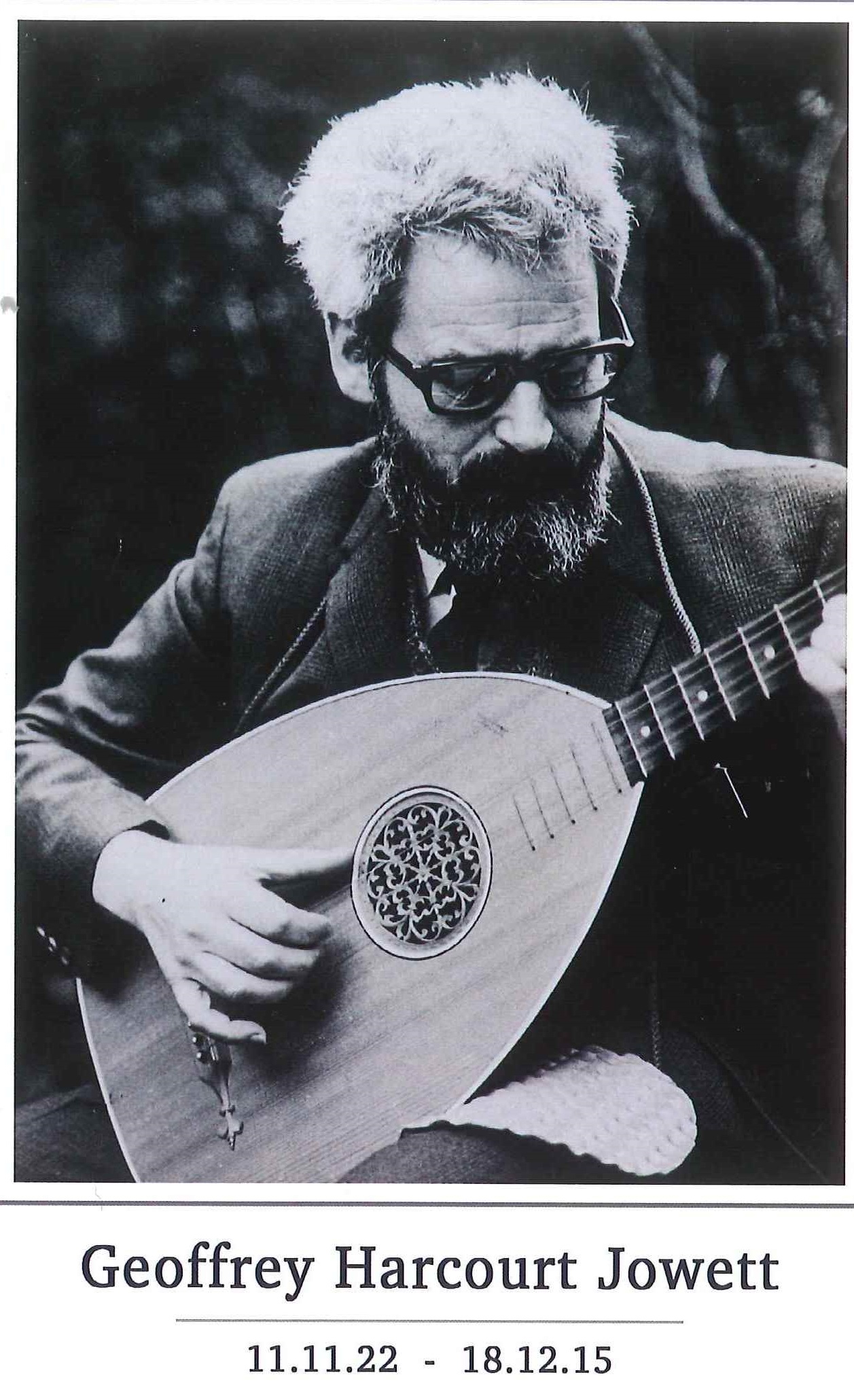 |
| Geoff Jowett (Geoffrey Harcourt Jowett) died peacefully in the presence of members of his family on 18 December, 2015. He was aged 93. Geoff was a life member of the Association. He arrived in New Zealand in 1964 to take up the chair in statistics at the University of Otago, and after several years moved to the Invermay Agricultural Research Centre to work as head of the biometrics section there. Many Association members will remember him as an inspiring and entertaining lecturer and speaker, a colleague or mentor and a friend. He will also be remembered for his work in introducing, in conjunction with another (late) life member, H.S. (Stan) Roberts, statistical education into New Zealand schools. Click here for the NZ Statistician article on Geoff on the occasion being made a life member of the NZSA in 1984. |
Brian Hayman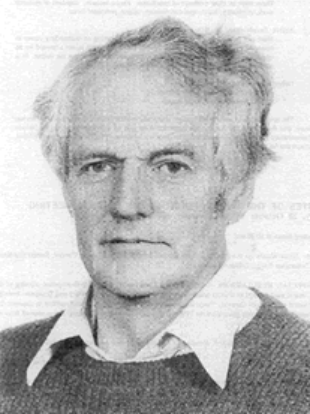 |
Prof Brian Hayman died age 87 - formerly Professor and Head of the Department of Mathematics and Statistics at Massey UniversityProfessor Brian Hayman passed away peacefully at Wellington Hospital on 15th August 2014, after a short illness, at age 87. Brian retired at the end of 1988 as Professor and Head of the Department of Mathematics and Statistics at Massey University. He was President of the NZSA in 1969. Click here for an item by Dick Brook about Brian just before Brian retired from Massey. Brian’s funeral service will be held at Kapiti Coast Funeral Home Chapel, 9-11 Hinemoa Street, Paraparaumu, at 11am on Thursday, 21st August. His death notice is: http://deaths.dompost.co.nz/obituaries/dominion-post-nz/obituary.aspx?n=brian-ivanhoe-hayman&pid=172120627&fhid=12720 Harold Henderson notes, “Brian was on the enrolment desk in 1971 when I turned up to register for my first year at Massey. He directed me into the statistics/computer science paper, which I had not thought of doing. This chance encounter with Brian set the course for my career in statistics“. And Jennifer Brown also notes, “My statistics career was also a chance conversation with Brian – he was the Head of Department when I started taking statistics papers out of interest extramurally through Massey (I was in Rotorua at FRI then). He pointed out that with a bit more structure to my programme of study I could aim for a PG Diploma which I did. This eventually led me to enjoying statistics so much that I resigned from my job and studied for a PhD. It was only that chance meeting and the fact he spent time talking with me changed everything. I am so grateful for this.” A tribute to Brian from Graeme WakeThe founding head of Mathematics and Statistics Department at Massey (PN) died on Friday. He was the first Professor of Mathematics at Massey, and his position became Professor of Statistics on my appointment as the former in 1986. He served 25 years in the Headship role. He was followed as Professor of Statistics by Jeff Hunter. Brian held very strong views on the role of Statistics, which he espoused at every opportunity. Although we often differed on this, he and I remained good friends. His goal of a separate Department happened after he retired when it was created under a Federated School which was the forerunner of IIMS. He was a very efficient Head of Department for all of that time and had his finger on the pulse. Most importantly he was always available to help colleagues and students. He was noted as tutoring students on a one-to-one basis very regularly: for example, He was known to visit extramural students everywhere…one of note was an inmate at Manawatu prison. A tribute to Brian from Bruce WeirAt the end of my second year as a mathematics undergraduate at the University of Canterbury I was able to spend the summer working as in intern with Brian Hayman in the DSIR Applied Mathematics Division branch at Lincoln. I had no knowledge of genetics but Brian gave me a small book by H. Kalmus to read, and suggested a straightforward extension of his work on the algebra of mixed mating systems for me to investigate. This was my introduction to the field I have worked in ever since, and my first exposure to the satisfaction of research. I had an outstanding researcher as a mentor. |
Kenneth Jury (ONZM, QCM)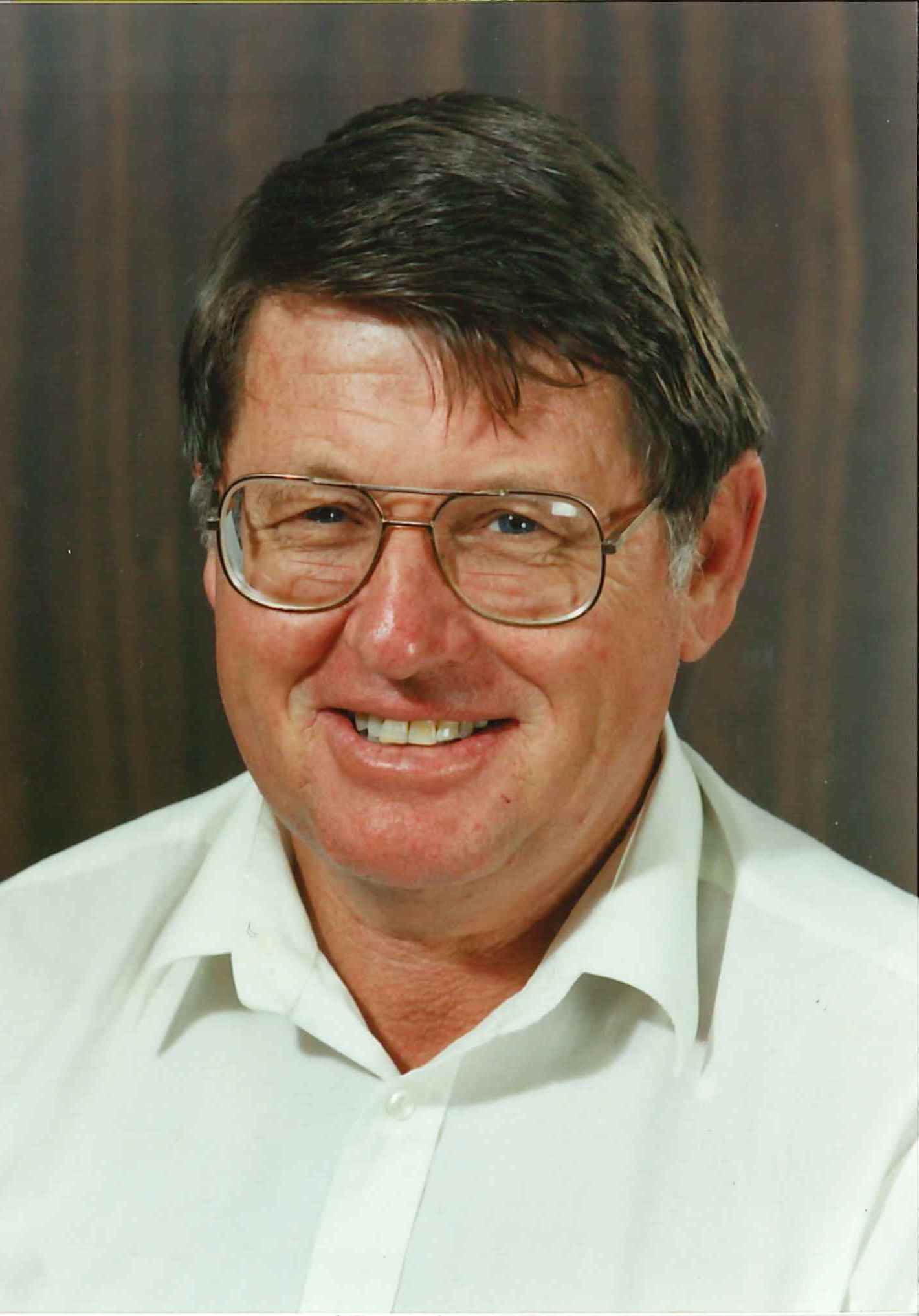 |
| It is with sadness that we report Ken Jury passed away on 8 July 2013. Ken was a well known and respected statistician who began his career at Ruakura (Hamilton) in 1958. He was responsible for biometrics and computing at Ruakura from 1969 until 1979, when he became Director of Animal Research, and was also appointed to the Council of the University of Waikato. Ken was made an Officer of the New Zealand Order of Merit (ONZM) for services to the Dairy Industry in 1998. A full appreciation of Ken’s involvement with statistical and mathematical science in New Zealand appears as the lead article of the June 1996 newsletterof the NZSA. |
Shayle Searle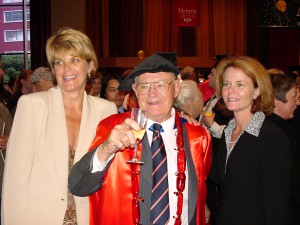 |
| April 26, 1928 – February 18, 2013 Professor Shayle Searle died on the 18th of February aged 84 after a short battle with cancer, at his home in Ithaca with family by his side. Shayle, an eminent Cornell University statistician, had a long-standing association with Victoria University and the NZSA. He was awarded an honorary doctorate from Victoria University in 2005 (pictured left with daughters Heather (L) and Susan (R)). Shayle established a Visiting Fellowship in Statistics in 2003, to enable leading international statisticians to visit Victoria to undertake research and seminars. He was also an active member of the US Friends of Victoria, and endowed a prize for the best student in first-year applied statistics, which has been awarded since 1999. Shayle was elected as a fellow of the American Statistical Association in 1968 and was awarded a US Senior Scientist Award from the Alexander von Humboldt Foundation in Germany in 1985. In 1999 he was made an Honorary Fellow of the Royal Society of New Zealand, a rare honour for New Zealand scientists who are resident overseas. The Ithaca Journal's Obituary can be accessed here. The 2009 Statistical Science article, "A Conversation with Shayle R. Searle", is available here. Bottom left, Shayle describing his long association with SAS to NZ representative, Jim Hooper, at the International Workshop on Matrices and Statistics at Massey Albany in 2005. Shayle's"Recollections from a 50-year Random Walk midst Matrices, Statistics and Computing" was a highlight of the workshop. |
